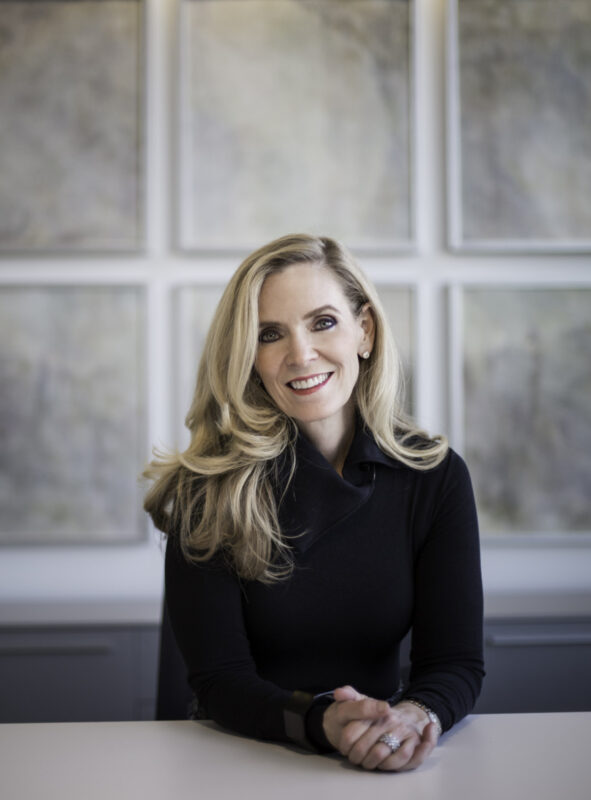Meet Elizabeth Lowrey, Principal and Director of Interior Architecture in Elkus Manfredi Architects where she has overseen the creation of a wide range of environments for Walt Disney Imagineering, Westin, Four Seasons. Recently, Boston Magazine's New Power issue lists her as a Designer of the Future, she is a member of the editorial advisory board of Contract, the Design Museum Foundation, and a member of the Center for Workplace Innovation.
Enlarge
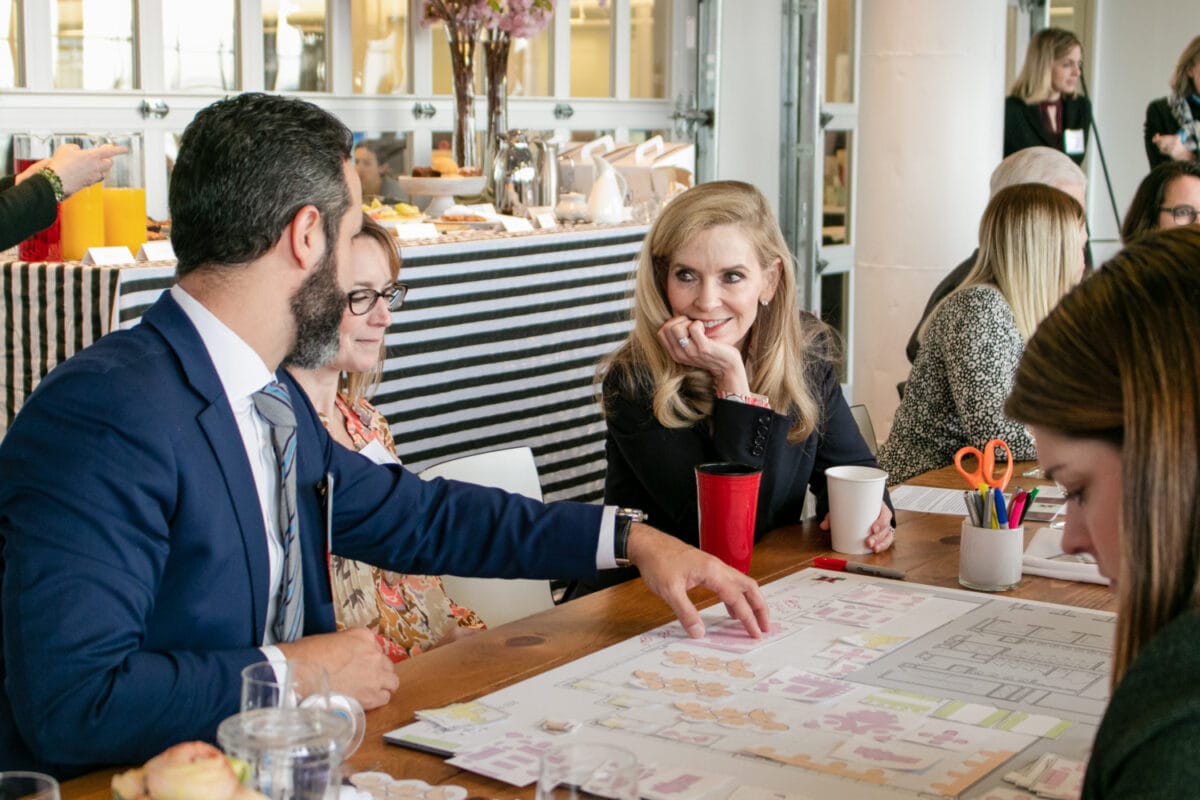
REFA Breakfast Workshop Featuring EO
Who is Elizabeth Lowrey? Define yourself.
I’m a designer, colleague, leader, daughter, sister, wife, mother – I live all of those roles. I’m curious, definitely a lover of people, social, addicted to exploring, traveling, and finding inspiration all over the world. I’m stubborn, determined. I don’t like things to be out of balance, and I don’t want anybody to be the boss of me! I’m ambitious and competitive, but at the same time, I’m an observer. I like to sit back and observe before I ask. Some people like to jump in, but I like to take the pulse of the room and understand what the motivations of others are, because then you can better respond. Above all, I would say that I am a connector of people, in ways that help others and myself.
How were you as a kid?
I grew up in a family of artists and designers. I’d spend hours sketching fantasy homes and resorts. During the summers, my dad would be an artist in residence and teacher at art schools like Haystack on the Maine coast and Penland in Virginia. He was also a Donald Judd fellow and worked in Marfa, Texas. We kids would run through the studios, playing with clay, begging to blow glass, making vegetable dyes, and generally being the teacher’s mascots. My finest moment was when I dyed the fur of a white Samoyed dog bright blue with indigo dye. What can I say, I knew Yves Klein blue was cool even back then! In school, I sought out classes that would let me practice, visualize, draw, and create. I remember the architectural drafting class where I fell in love with a whole new world of industrial design and engineering.
Coming from a family of “fine artists,” my decision to study something as “practical” as interior architecture was my rebellion! Rebellion or not, studying interior design prepared me for both sides of the creative equation: fine art and practical design; creative inspiration and diligent planning; listening to others and also listening to the creative voice within. I learned what an impact the marriage of art and thoughtful design can make.
“If you risk rejection and reach out anyway, your bravery will certainly be rewarded”
You hold a bachelor’s degree in interior design, Interior Architecture at Auburn University, College of Architecture, Design, and Construction. Why did you choose that course of study?
I was lucky – I knew by the age of six that I wanted to be an architect, and I started college thinking that was my plan. I shifted to interior architecture when I realized that interior architecture was more involved with the actual end user.
You have overseen the creation of a wide range of environments for international clients including, Walt Disney Imagineering, Westin, Four Seasons, Publicis Groupe, Boston Consulting Group, New Balance, and Equinox. What are the biggest lessons you have learned over the years working with such important clients?
I’d say that the three main things I’ve learned from these relationships are:
- Don’t assume. Don’t bring your preconceived ideas to the table. For example, just because it’s Disney, don’t assume you know what Disney wants or needs.
- Appreciate that there are multiple stakeholders, that there are a lot of audiences and our job is to build consensus among them.
Enlarge
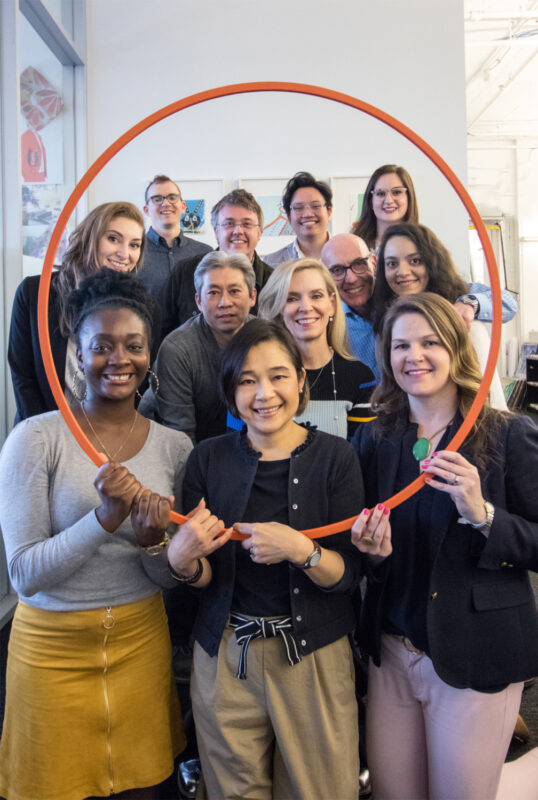
Do you have any philosophy that guides your career decisions?
A few things I’ve learned during my career:
Be brave. Everyone fears rejection, and we fear it most when we’re putting ourselves or our work on the line. But don’t take no for an answer. Pick up the phone and call – reach out directly. My kids tell me, “You have to go through a company’s online portal to apply for a job.” Okay, fine. That takes about five minutes. After that, spend 25 more minutes reaching out, on the phone or through LinkedIn or whatever network you have developed. Most jobs are still found by referrals and connections, so talk to everyone and anyone that interests, intrigues, or inspires you. If you risk rejection and reach out anyway, your bravery will certainly be rewarded.
Be curious. Be curious about more than your craft: learn about history, psychology, science, business, and economics. Most of all, be curious about people.
Find a mentor. You need a mentor. A mentor is not necessarily your boss, but someone who understands the world you’re working in and gets you a seat at the table.
Make a plan. Think of your career as your next design project. Plan it with three essential ingredients: a vision, the discipline to design a path, and the willingness to bend that path as your vision becomes richer and wiser.
“Think of your career as your next design project. Plan it with three essential ingredients: a vision, the discipline to design a path, and the willingness to bend that path as your vision becomes richer and wiser”
What does a normal workday look like for you?
I am not a morning person. Every day I say to myself, “If you’d get up 30 minutes earlier, just think of what you could accomplish!” On a good day I get out of bed and exercise, even if it’s 15 minutes on the treadmill watching the news, checking email, and reading the New York Times summary about what you need to know to get yourself prepared for the day.
Ever since the Governor of Massachusetts said that we could go back to the office, I’ve been going into the office every day. I’m stimulated by that creative social contact – it’s like putting gas in my tank. I go from meeting to meeting to meeting (almost all of which are virtual during the pandemic) – client meetings and working with teams on creative pursuits, whether it’s designing a project or responding creatively to an RFP. And part of my day is always spent on philanthropic activities, such as MassArt (Massachusetts College of Art and Design); Heading Home, which is focused on homeless families; or one of the other non-profit boards with which I’m involved. My contribution to those organizations is the same as it is at work: developing strategies about development and marketing. In normal times, I’m usually out at night for work or charity events. Plus, I have an enormous circle of friends, and I try to nurture those relationships as much as I can. It’s always a balancing act.
Enlarge
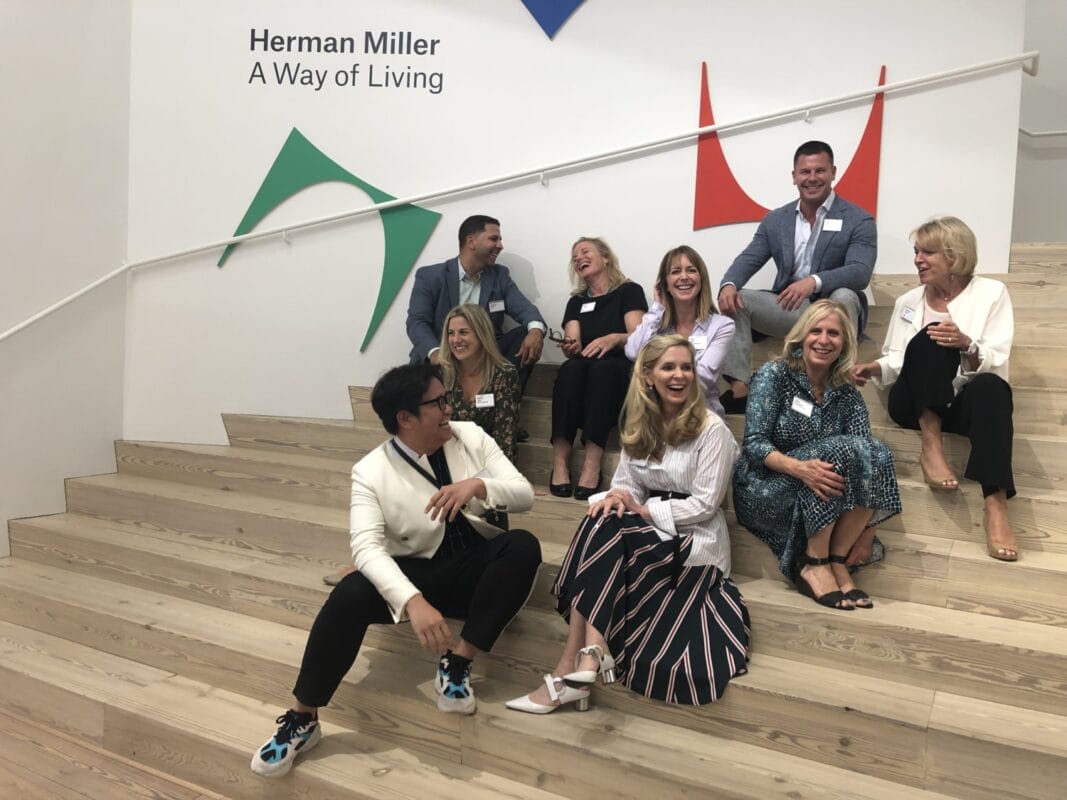
What do you love most about your job and what is the most difficult part?
What I love most: I’m passionate about working with people to create a space that enhances their lives and the lives of others who use the spaces we design. I love collaborating with clients and teams. That’s where I get excited and my heart rate goes up. I am not a fan of writing proposals and doing expense reports.
Recently, Boston Magazine included you in their list of “100 Most Influential People,” and in the past as one of 25 “Powers That Will Be” calling you the “Designer of the Future.” You received an Honorary Doctorate from the Massachusetts College of Art and Design (MassArt) for your lasting contributions to the architecture and design industry. What is the recipe for your success?
I’d say that working continually and intentionally to find inspiration is key. What keeps me inspired comes from being open to new experiences in the world around me, whether it’s art, architecture, film, fashion, theater, or travel – all those wrapped together become a cultural map that I use as a resource for inspiration. My design responses are an amalgamation of all those experiences – my teams and I try to bring that global perspective to our clients.
Another important design inspiration for me: A project always starts with its context, the physical place. No matter the project, we begin with the character of each place. Our design strategy is not so much about how a space looks, but how it feels. What is the story we’re trying to tell? How do we incorporate an authentic sense of place? From there, it’s about building trust among the project stakeholders and constituents and designing places that are magnets that bring people together.
“It’s about building trust among the project stakeholders and constituents and designing places that are magnets that bring people together”
What is one strategy that has helped you to grow on your professional ladder?
Building a network – it’s all about the network. You need that circle of support. It goes without saying that you have to be good at what you do, but if you’re good at what you do and you don’t have a network, you can’t be successful. And the most important aspect of building your network is this: Your relationships must be reciprocal. You give and you receive – you’ve got to help others if you want them to help you. At different times during the relationship, one will be the giver and one the receiver, but at some point, you have to be prepared to switch your role.
Enlarge
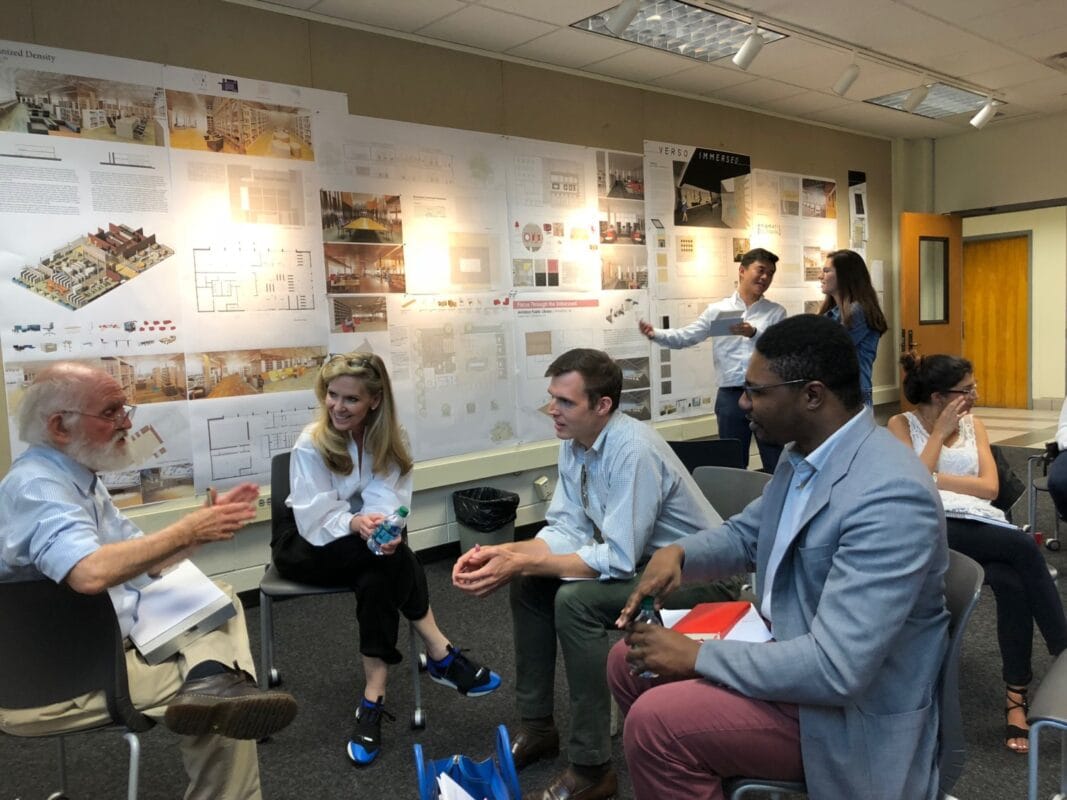
You are a very busy woman and I see, you are a member of Auburn University’s Interior Architecture Advisory Council, a board member of the Design Museum Foundation, a member of the Center for Workplace Innovation, a board member of Heading Home and a member of the Design Committee for the Park Avenue Armory Show. What does it drive you?
I’d say that I’m driven by two things: Continuing to build my network, mostly by connecting people, and giving back to my community, which includes the architecture, design, and real estate industries. As I was growing up in the American South, my parents were always involved in social justice, so I had role models in the sense of participating in the community and giving back. You must participate, you have to be generous with your time, your skills, and your energy. If you don’t participate, you can’t be critical.
“It’s all about the network. You need that circle of support. It goes without saying that you have to be good at what you do, but if you’re good at what you do and you don’t have a network, you can’t be successful”
What are the dos and don’ts in the design of the future for the office, for hotels, for universities, for residential buildings?
I feel certain that after the pandemic is in our past, all types of spaces that support the human need for connection will return. For designers, that means that gathering spaces of all kinds must not only be safe, but healthy places also – they must feel safe. It’s about giving people a sense of control. Calling for less decoration and more architecture-based solutions, the challenges presented by the pandemic have given designers the opportunity to create venues offering the benefits of community manifested as safe and healthful places for people to be. Designers also need to create even more compelling, more inviting, more welcoming destinations than ever before to overcome residual fears about sharing physical space.
Another important aspect of any future design will be increasing access to public space and nature. I think of Boston and how its public parks have been a palliative refuge for generations, creating environments for physical, mental, and societal respite and health. In planning his beloved system of parks named the “Emerald Necklace,” which he designed between 1878 and 1896, Frederick Law Olmsted enlisted the power of green space to restore and support physical and mental well-being, as well as the power of a ring of parks to bring together urban neighborhoods of different ethnic and cultural backgrounds.
Enlarge
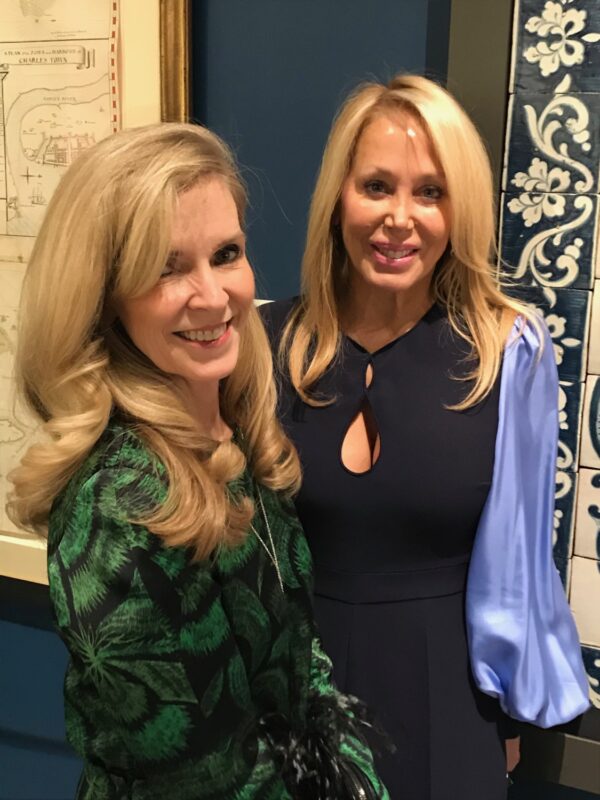
Everybody has had dark moments in their lives. What have you done to get out of that phase?
I think that talking to my friends has been the main way I have bounced back from setbacks. So, I would strongly emphasize to Welum readers: Be sure to always nurture your friendships. You need them!
What do you like to do in your spare time?
The answer would be that I love to socialize, shop, and travel. But the truth is that when I find myself in a moment without an agenda, I get anxious! I have a list of books I must read, research I need to study, blogs I need to look at, and I’m pretty religious about my list!
Many people say women can and must strive to have everything – a shining career, a blossoming family life, and a perfectly balanced lifestyle all at once, others point out that – then women are placing unrealistic expectations on themselves if they believe they can have it all, you have daughters, so according to your experience, what do you think about these statements?
To quote the great Supreme Court Justice Ruth Bader Ginsberg: “You can have it all, but you can’t have it all at the same time.” I’m not sure that I totally agree with her – I think that you can have a lot of it, but maybe not all.
“The challenges presented by the pandemic have given designers the opportunity to create venues offering the benefits of community manifested as safe and healthful places for people to be”
What are your professional and personal plans for the future?
My professional goals for 2021 are to continue to work with the best clients, do the best work, be compensated, and make the world a better place. One of the main things that I’m focused on for 2021 is helping our clients understand what the new normal of “hybrid working” might look like for them. By “hybrid,” I mean the combination of remote and on-site working. Over the past year, we’ve all been part of a great shift to remote working, and that is here to stay in some configuration, even after the pandemic has passed. How will it function in each organization? How is each going to manage all the change? Answers will be different for each industry and client, but those are the main questions I’m currently trying to answer.
While we obviously thought about diversity before, the events of 2020 have given us a new lens and a new urgency. At our firm we’ve been doing a lot of thinking about how we can learn together, have open honest conversations, how we can do better. The sustainability and ethical impact of our work are top of mind as organizations rally around ESG (Environment, Social, and Governance) factors. As leaders, we have a responsibility to enable and participate in that conversation, to support it, to really think about what it means, and to act on what we learn. It’s exciting to finally be at this moment. Of course, architecture can’t solve the problem in every way, but as designers, we need to be very aware of what impact we’re having.
Enlarge
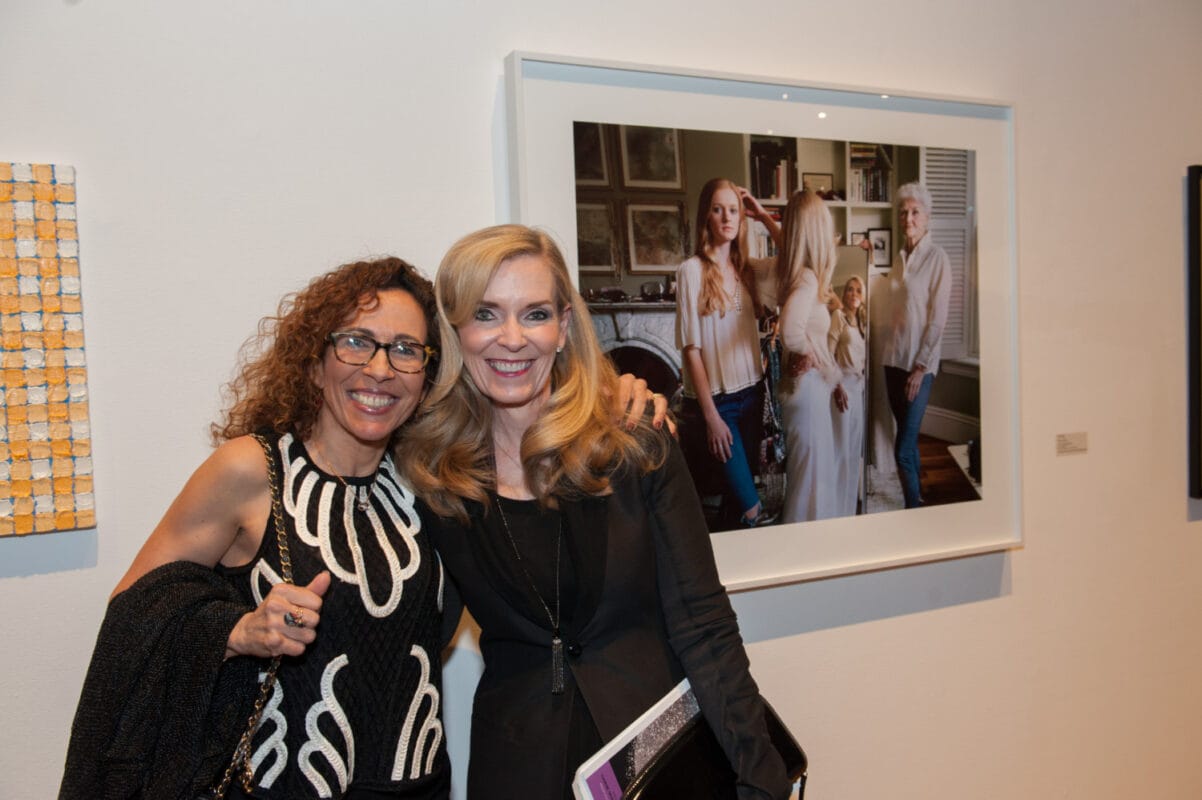
There is still the glass ceiling for women in the world: Fewer opportunities, jobs underpaid just for that fact of being a woman, etc. Have you experienced the glass ceiling? If yes, what are the biggest challenges you have faced and how have you overcome them?
Yes, the glass ceiling is a very real problem for women in every profession and every walk of life. But I have to say that I have managed to overcome much of that by building a strong network. I’ve always been focused on building relationships and finding friends and sponsors, people who have propelled me, pushed me, helped me overcome barriers. I’ve been very fortunate that most of my career has been with Elkus Manfredi Architects. I found the right sponsors in the firm’s co-founders, Howard Elkus and David Manfredi, who were never threatened by my role and contributions. On the contrary, they felt that with interior architecture as part of what we offer, we are a stronger firm.
For women to break through the glass ceilings they encounter, it’s a given that we have to work hard. But we also need a friend in the room, a sponsor, or a mentor, who will help us be heard and move forward. Early in my career I had clients who would help me be heard. It also is good to have friends in the room who can echo your idea or thought to give it more clout. I have found that is helpful in making yourself known. Again, it goes back to relationships, building your network.
“I think that what makes the professional world go round is trust. If you ask me what makes me the happiest, it’s the fact that my client trusts me with probably one of the most important things they will do in their career. It’s a responsibility and for me, the most valuable thing I can have”
What tips can you give to young women who want to work in architecture and design?
“Go find your passion,” people always say. But I think that’s like telling someone to go fall in love. For both, I believe that you know it when you feel it. What are the clues? You lost track of time. You momentarily lost the self-obsession and mental noise that crowd your days. You gave yourself over to the work. You felt joy. After you’ve been fortunate enough to discover your passion, the question becomes: How will you channel that passion into making a meaningful life? The real creative task of your one and only unique life is to answer that question, not just once but repeatedly. It will be the work of a lifetime.
Lean in and be present. Proximity matters. Physical presence is best, but in these times, virtual presence is sometimes the best we can do. So, do that. Turn on your camera! The bottom line is: The person who the boss sees as she walks out the door or has her last Zoom meeting of the day will get asked, “Hey, can you help me on this?” If you’re not seen, you’re going to lose out.
Enlarge
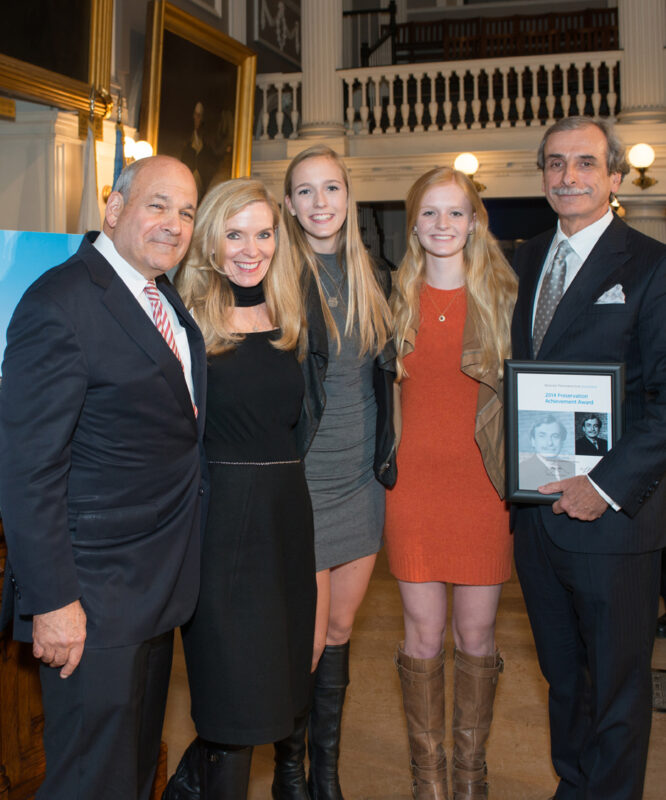
I think in your position, it is possible that many people may have the wrong idea of who you are, and what you do (professionally). With this idea in mind, what is being Elizabeth, and what´s not?
Clients often think that, as a principal and Director of Interior Architecture, I want to give them what I think they should have. But that’s not true. I want to uncover what they want. I want to start with a blank sheet of paper and then listen. It’s a partnership, a joint exploration, a process we call “co-creation.”
A leader wants to be profitable, of course, but what I want is so much more than just that. I’m motivated by building relationships and trust more than I’m motivated by making the most money. I think that what makes the professional world go round is trust. If you ask me what makes me the happiest, it’s not that the project won an award or was in a magazine, both of which are great – don’t get me wrong! But it’s the fact that my client trusts me with probably one of the most important things they will do in their career. It’s a responsibility and for me, the most valuable thing I can have.
“You can only be the best if you are passionate about what you’re doing. My mother also taught me to fight for the underdog and be kind in my actions”
Who is the woman you admire the most and why?
My mother. Much of the advice I gave earlier – be brave, work hard, find something you are passionate about, trust your instincts – I learned from watching my mother. She was passionate about her art. It brought her joy. I always tell my daughters that they first need to explore to find out what they are passionate about, and that success will follow if they strive to become the best at whatever it is, they are passionate about. It’s been my experience that you can only be the best if you are passionate about what you’re doing. My mother also taught me to fight for the underdog and be kind in my actions – I grew up in the American South during the Civil Rights movement and watched as my mother marched in Birmingham, Alabama, and other places. She stood up for what she believed in and I admire that enormously.
Enlarge
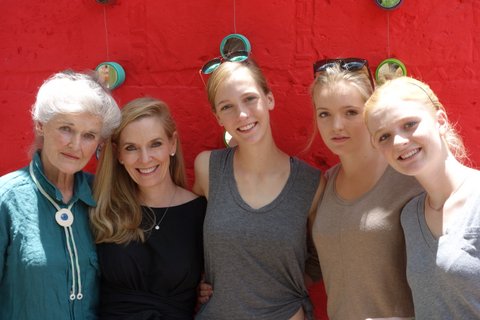
Name: Elizabeth Lowrey IIDA, RDI
Sector: Interior Architecture
Company: Elkus Manfredi Architects
Title: Principal and Director of Interior Architecture
Country: USA
Twitter: @ElkusManfredi
Twitter: #ElizabethLowrey
Facebook: @ElkusManfredi
Instagram: @ElkusManfredi
LinkedIn: https://www.linkedin.com/company/elkus-manfredi-architects/

